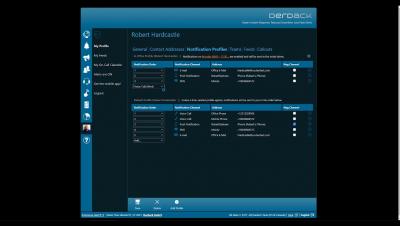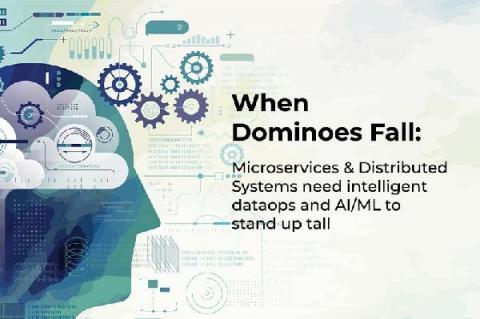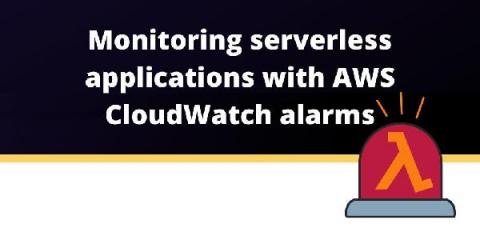Timely Delivery with Enterprise Alert
Murphy’s Law states that anything that can go wrong, will go wrong. The challenge for most businesses is putting the right method of communication in place for when the inevitable happens. The only way to handle this is to expect the worst and then prepare for it. A key factor in deciding for any alerting solution is can my team be notified properly when a major outage happens .










